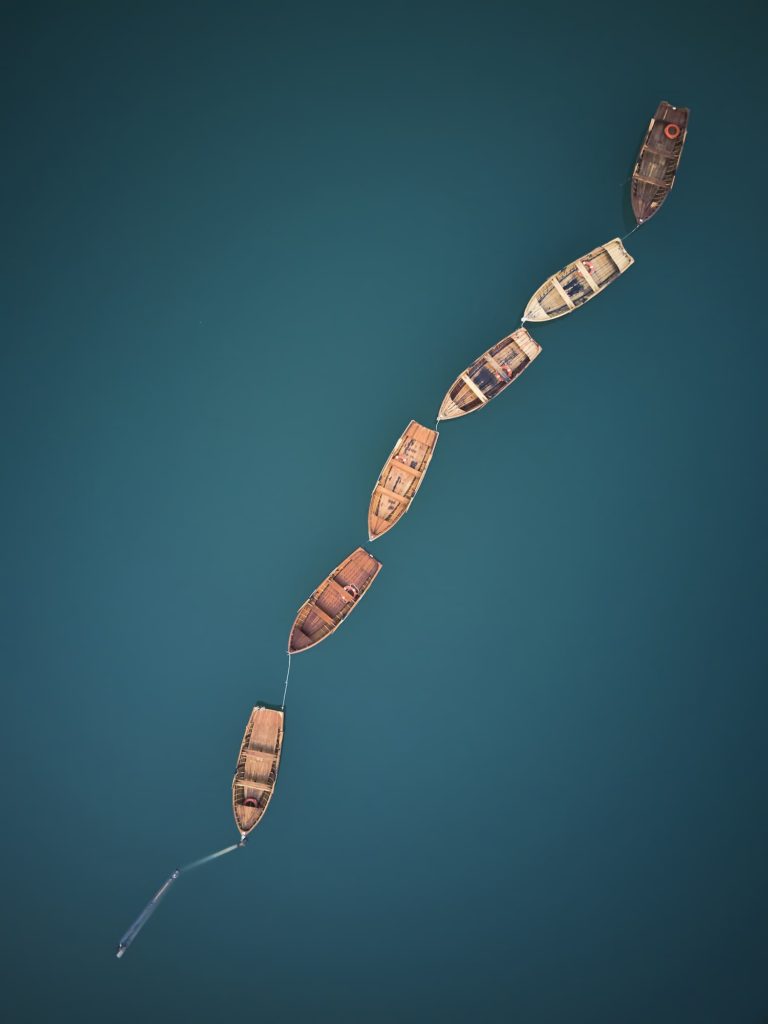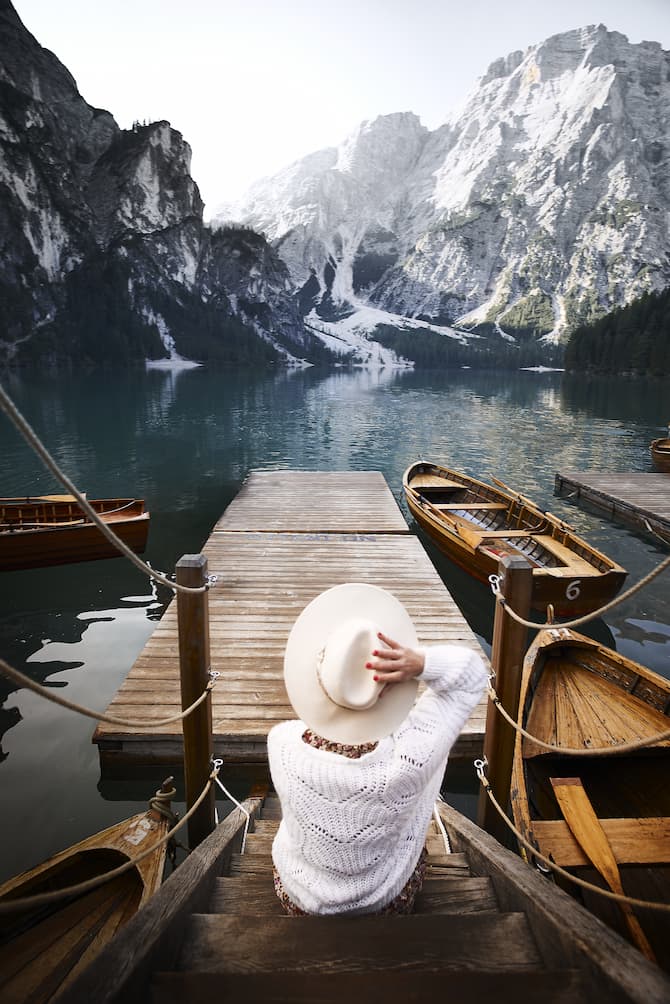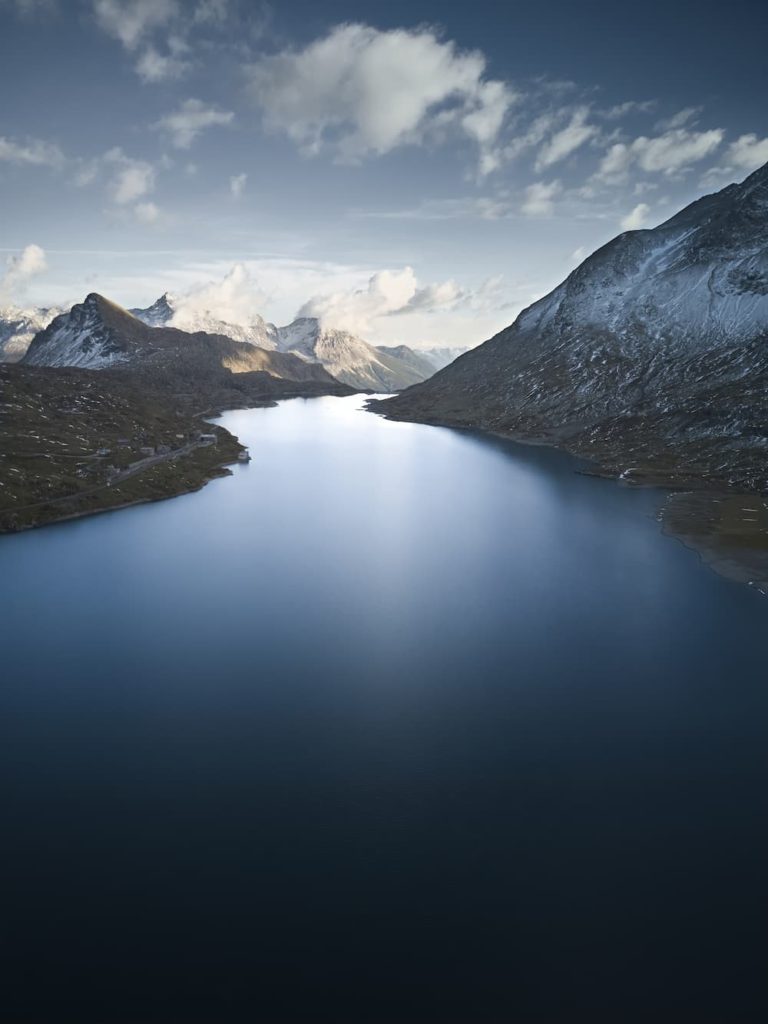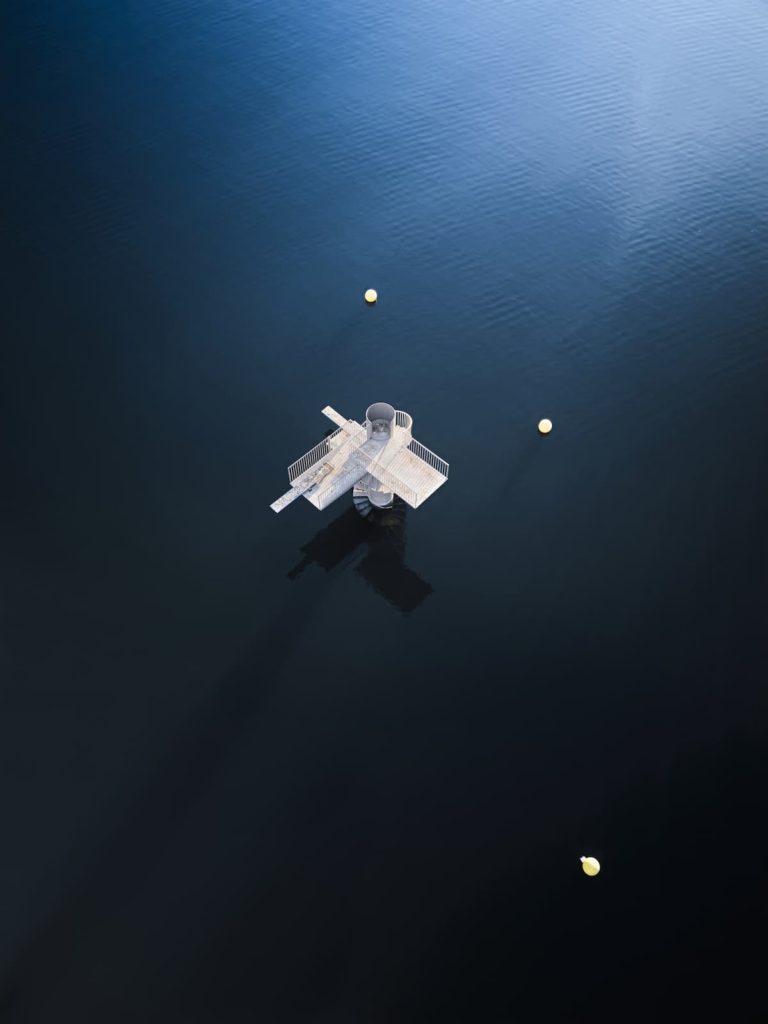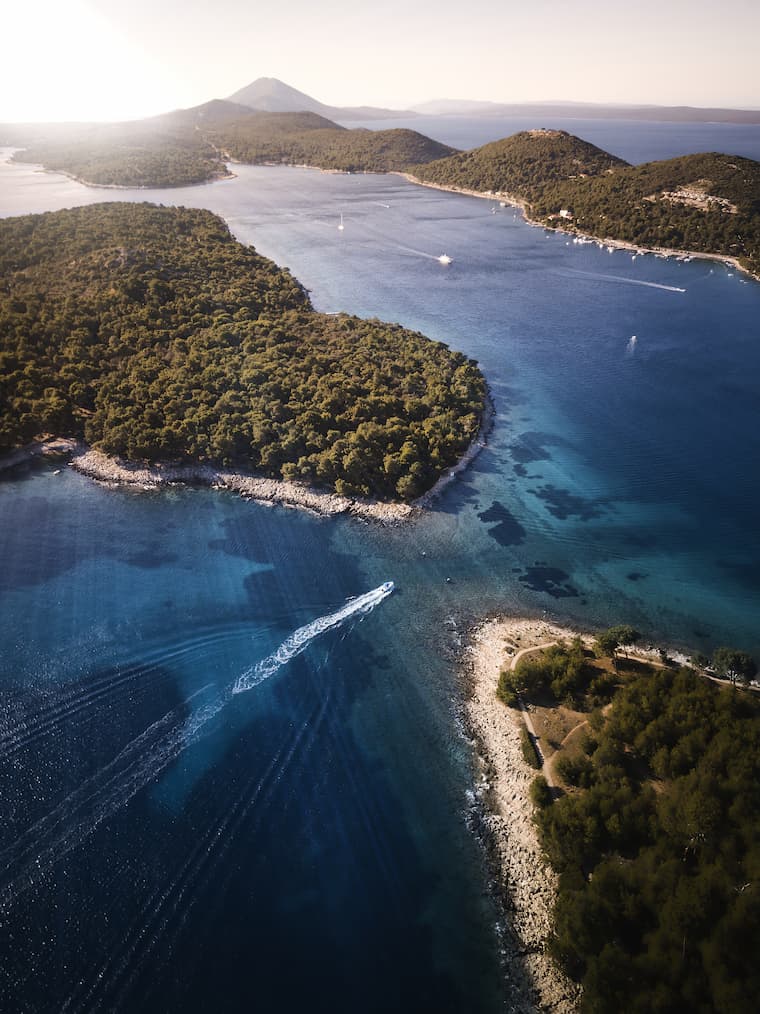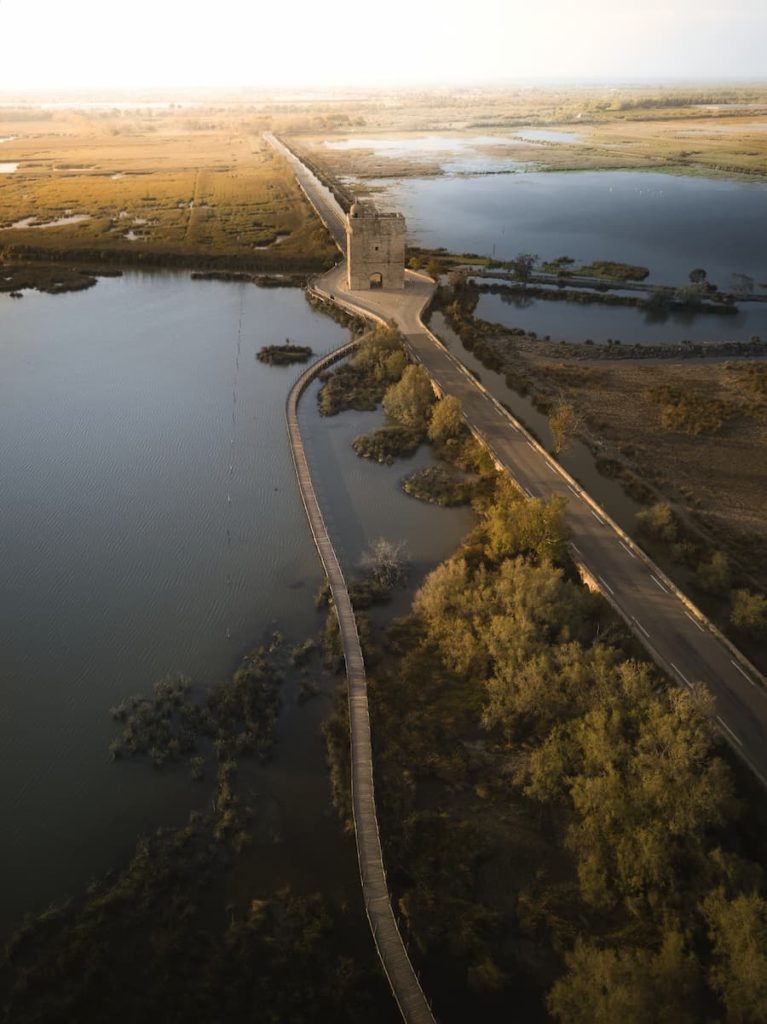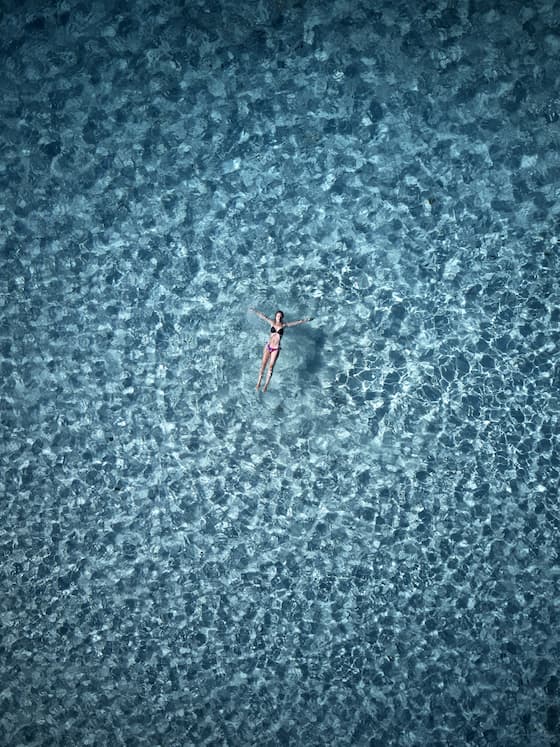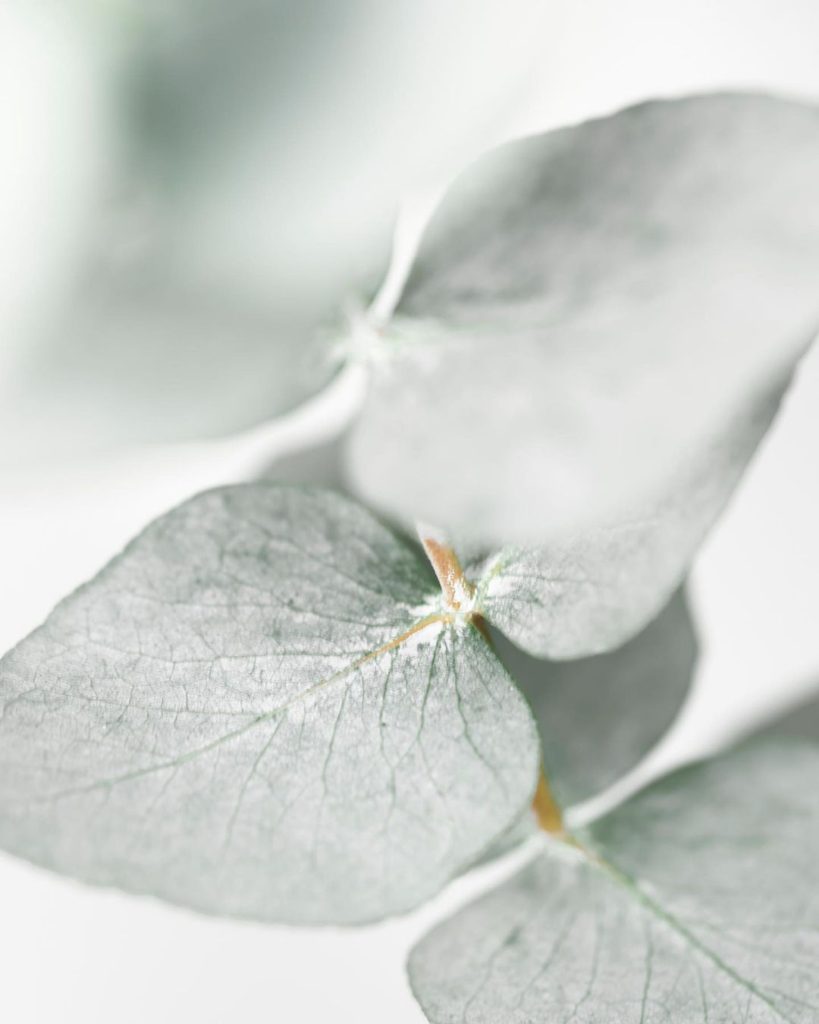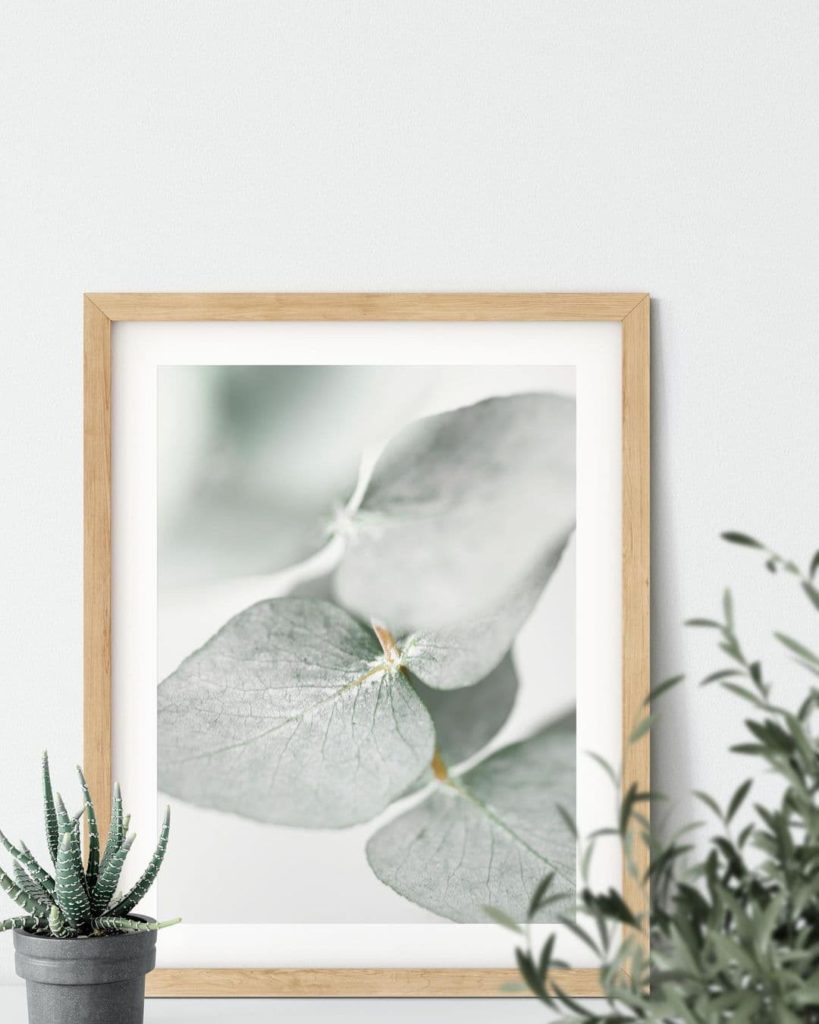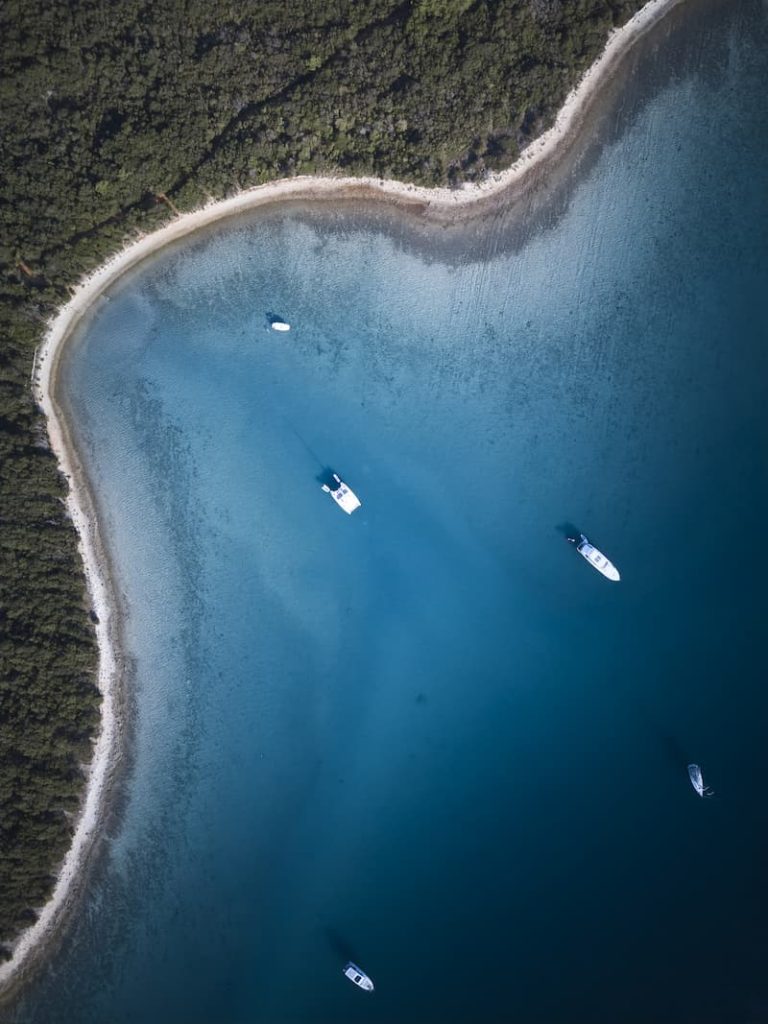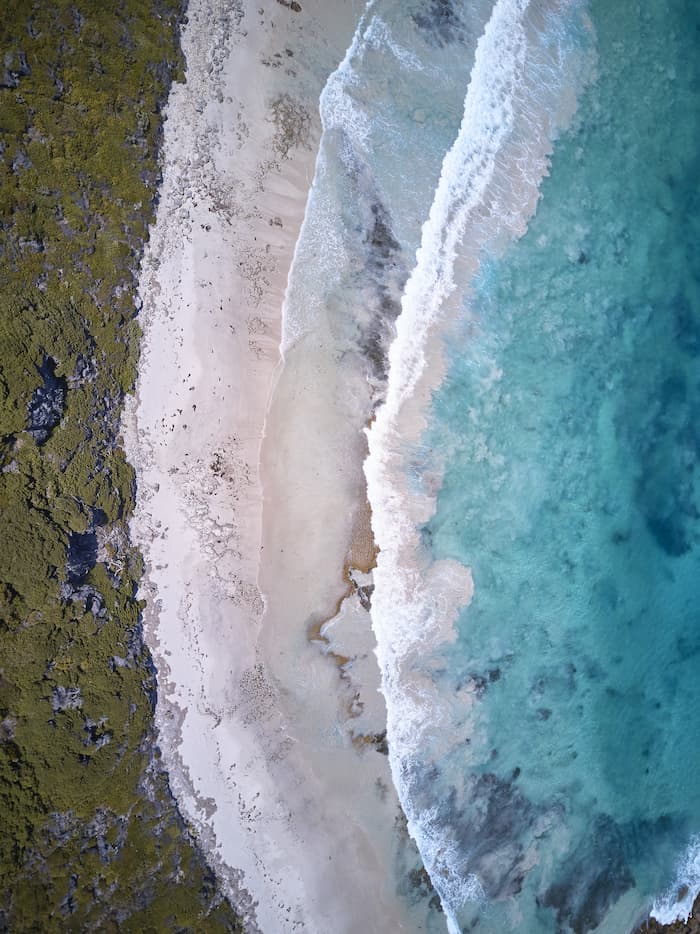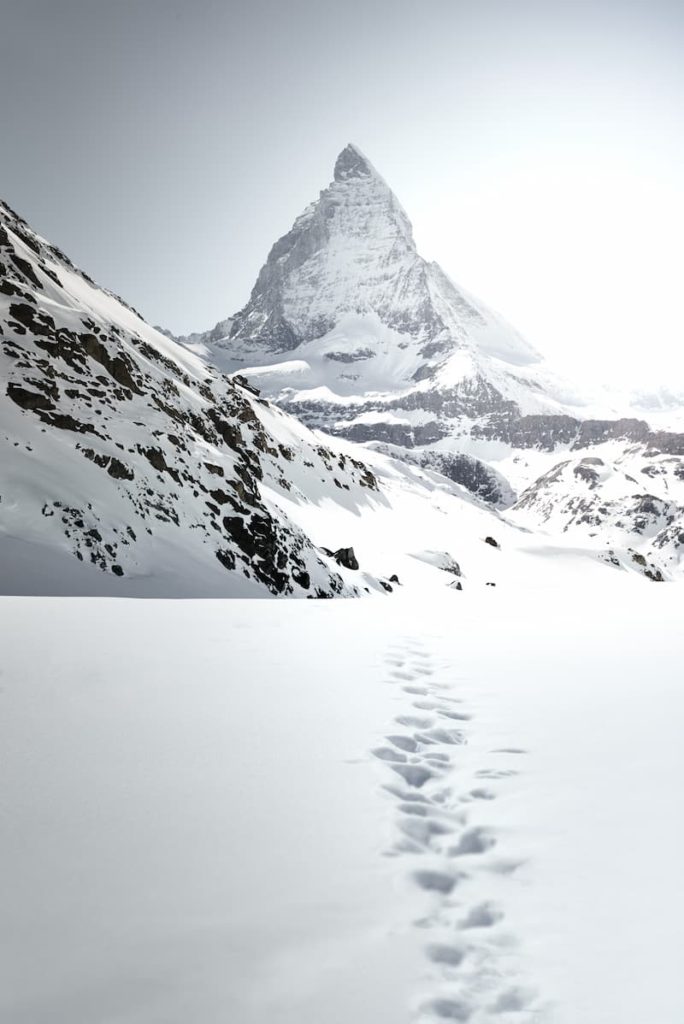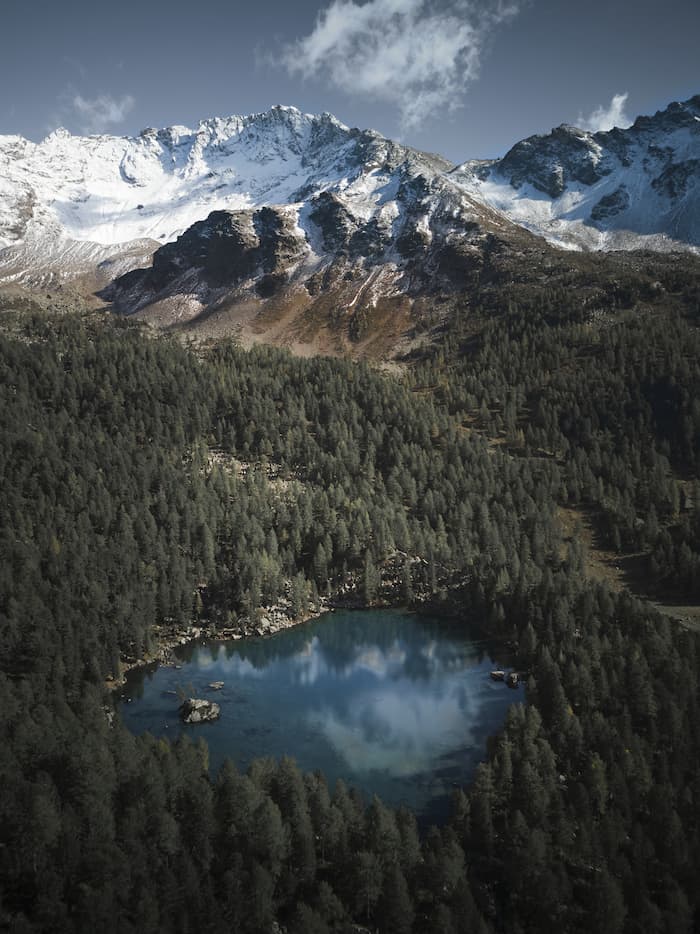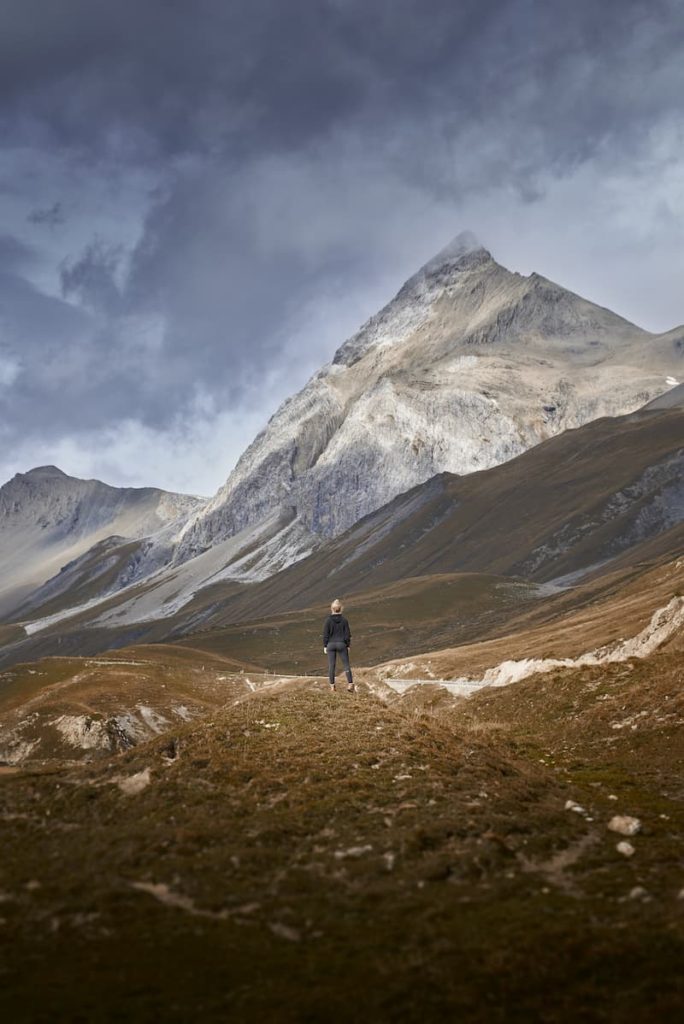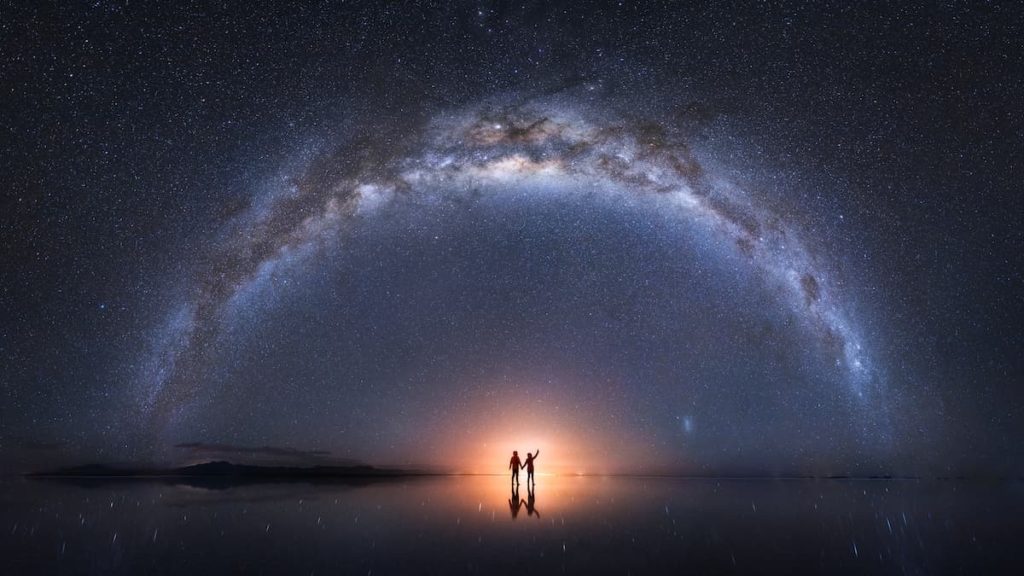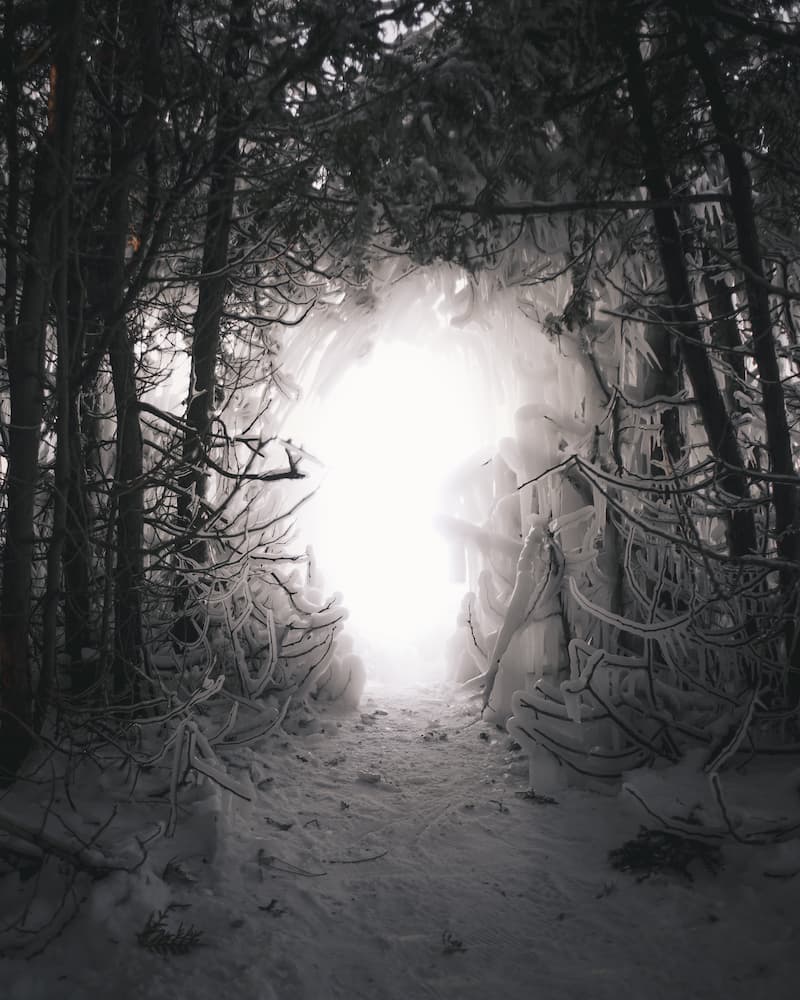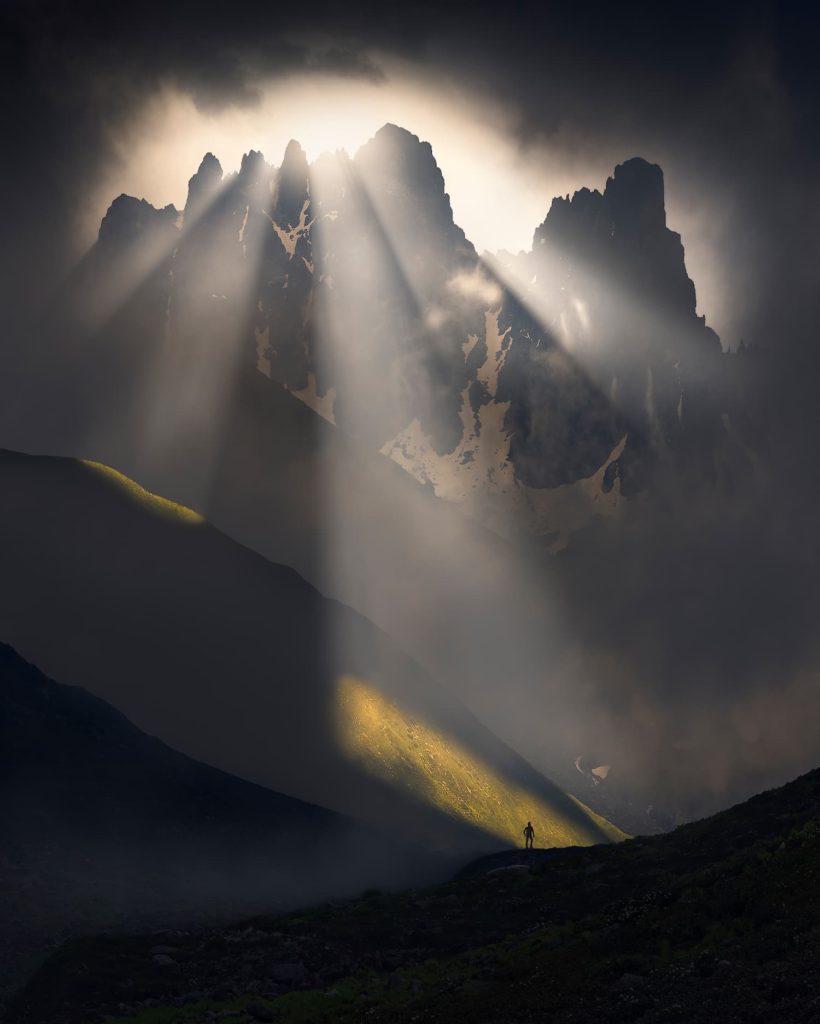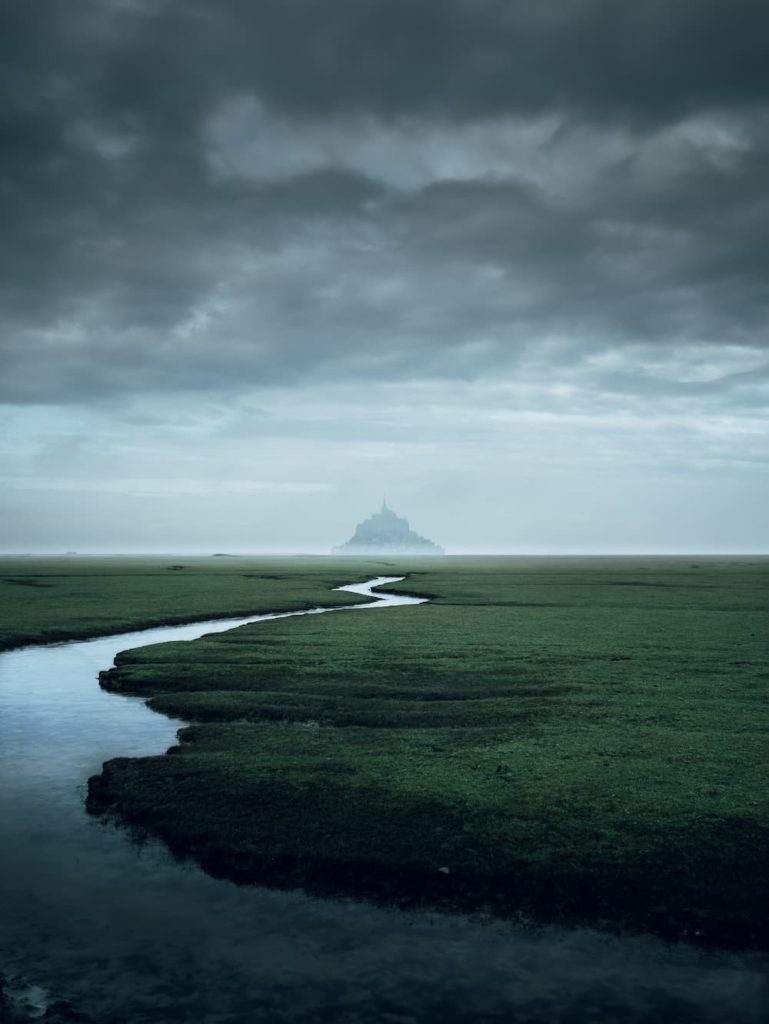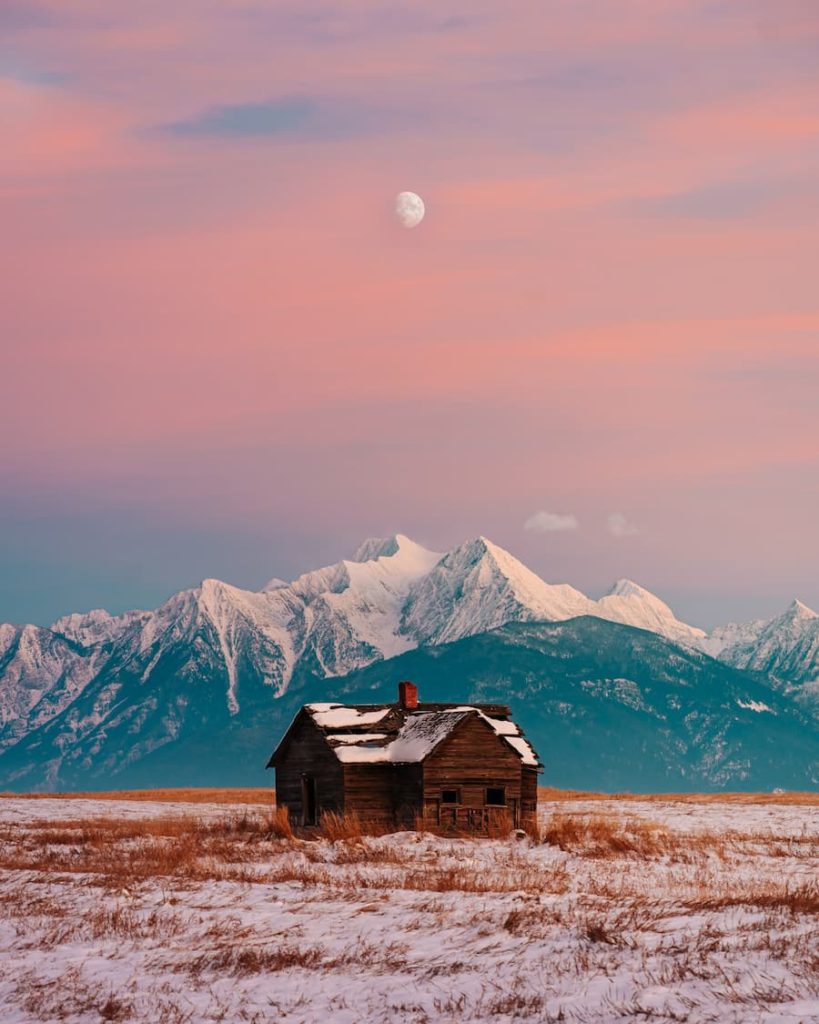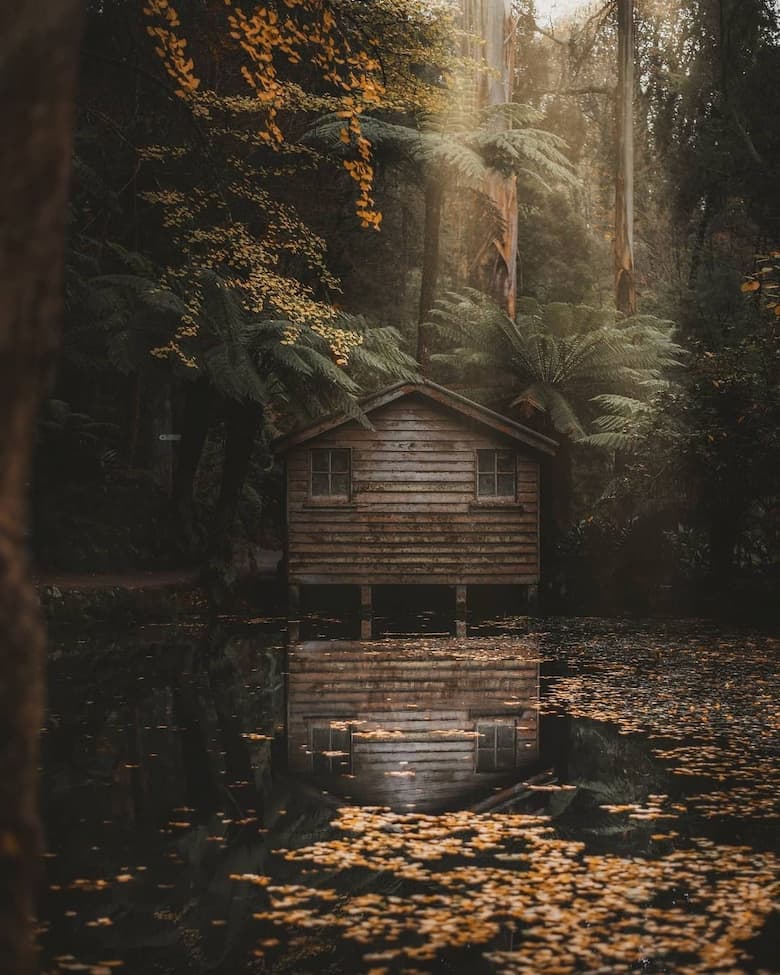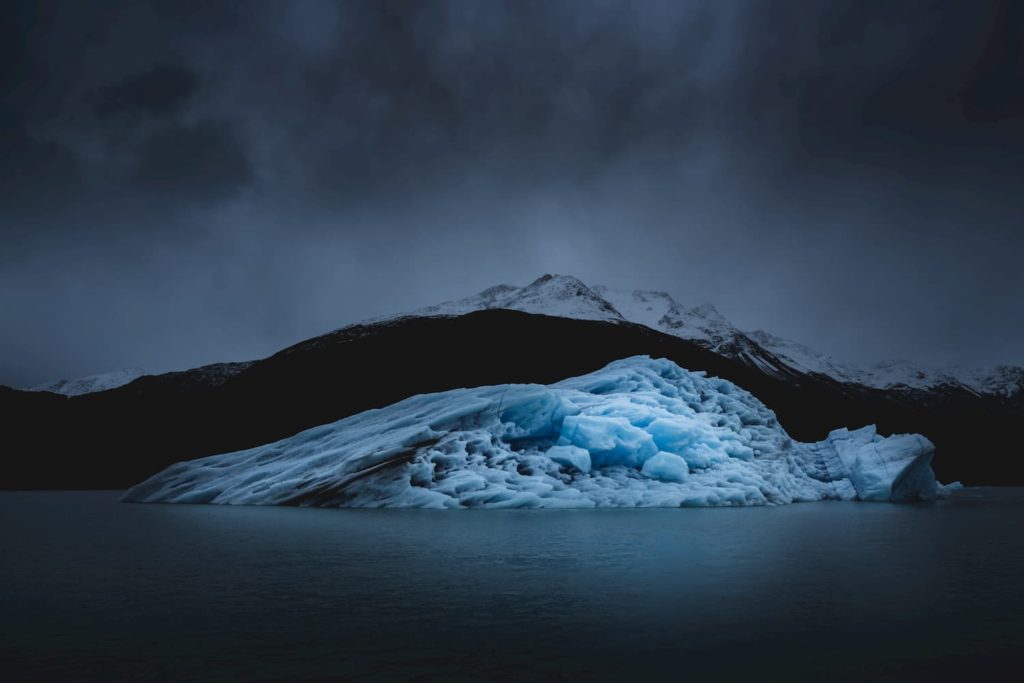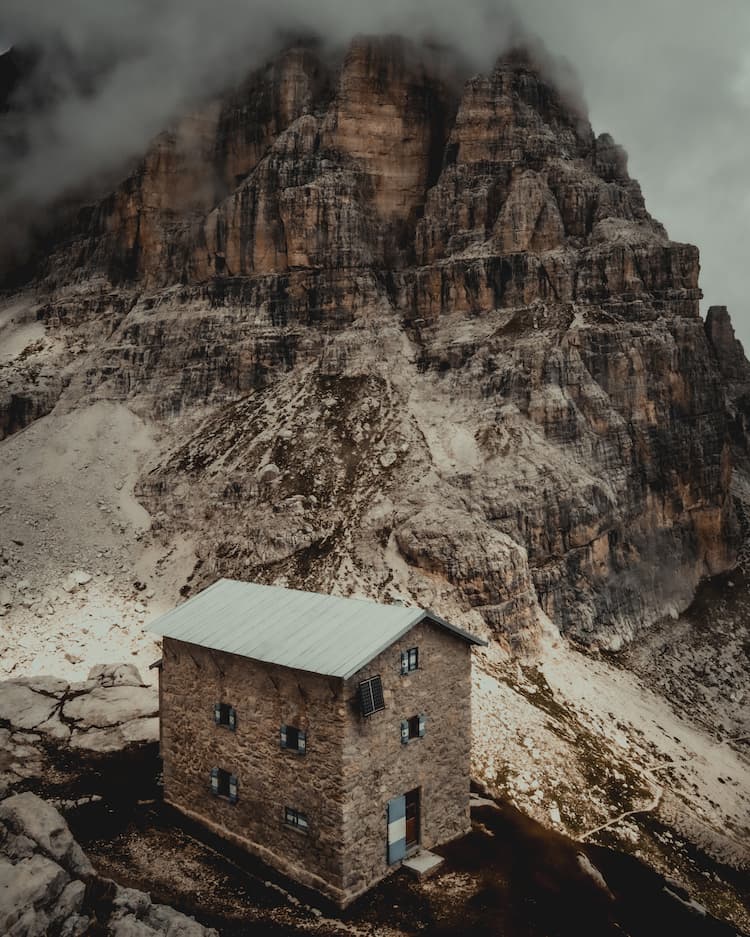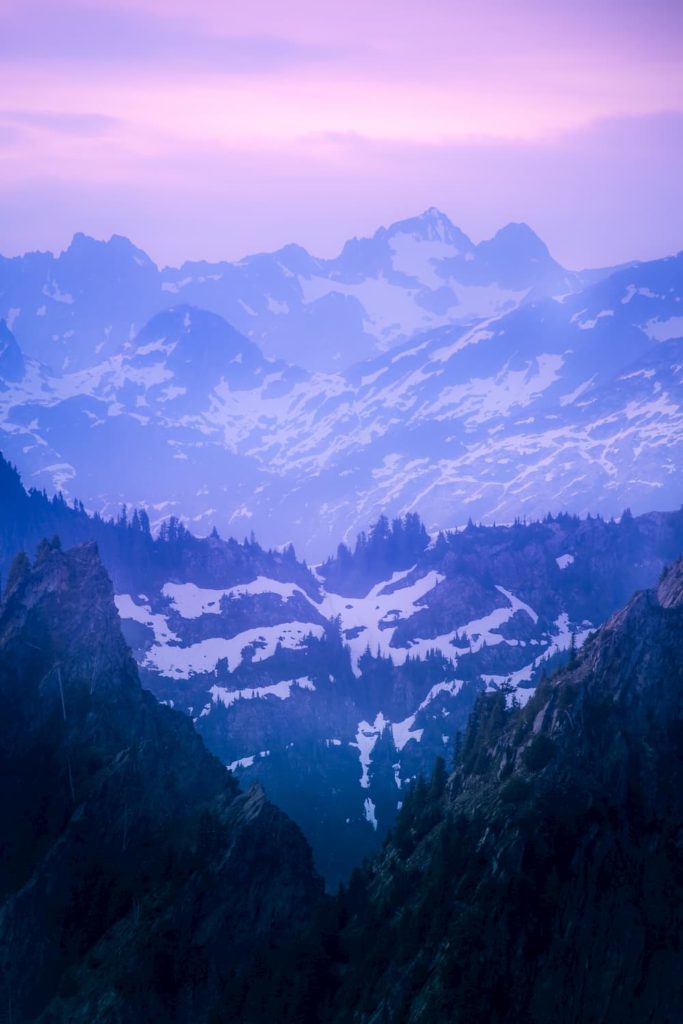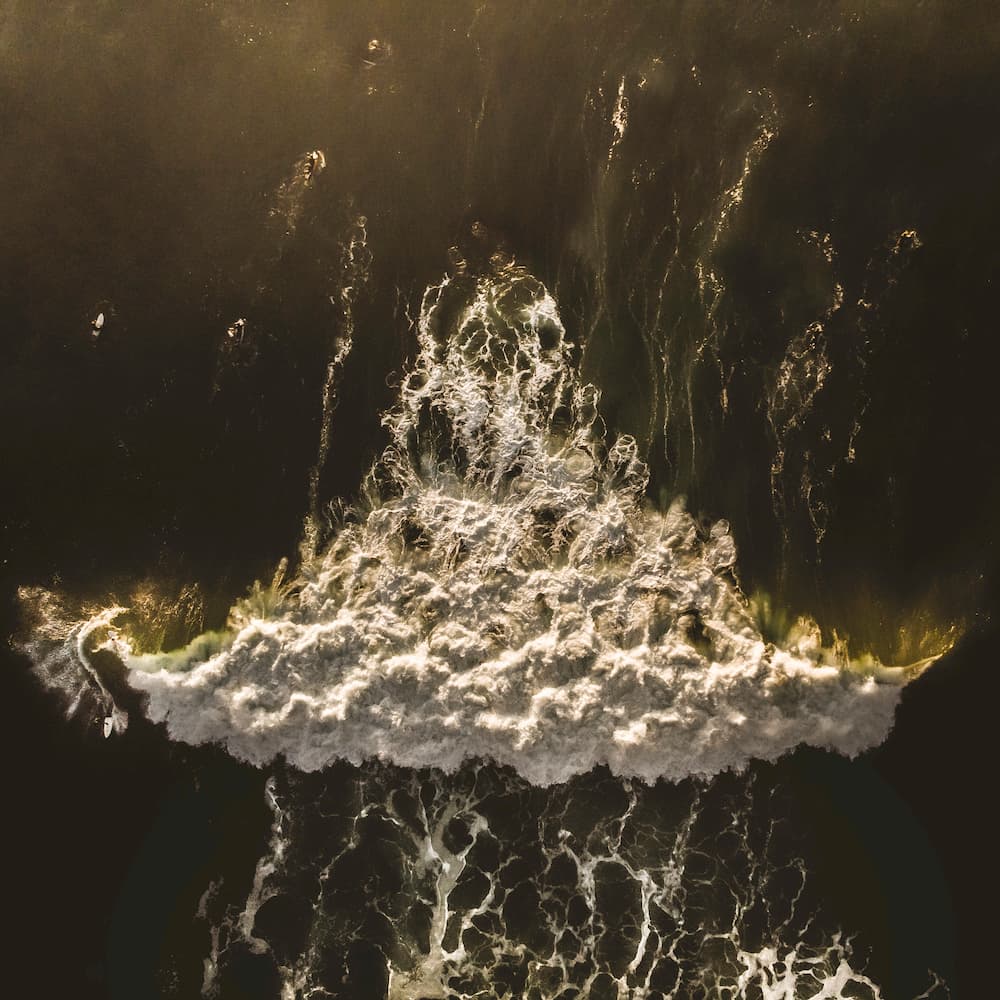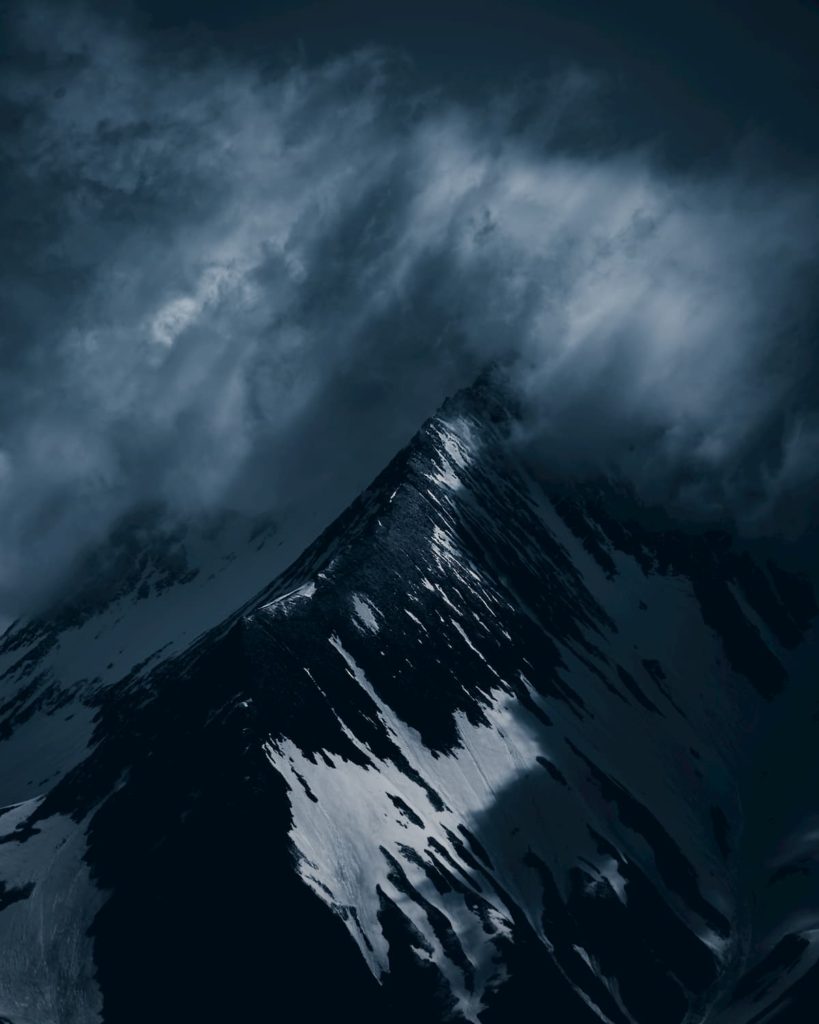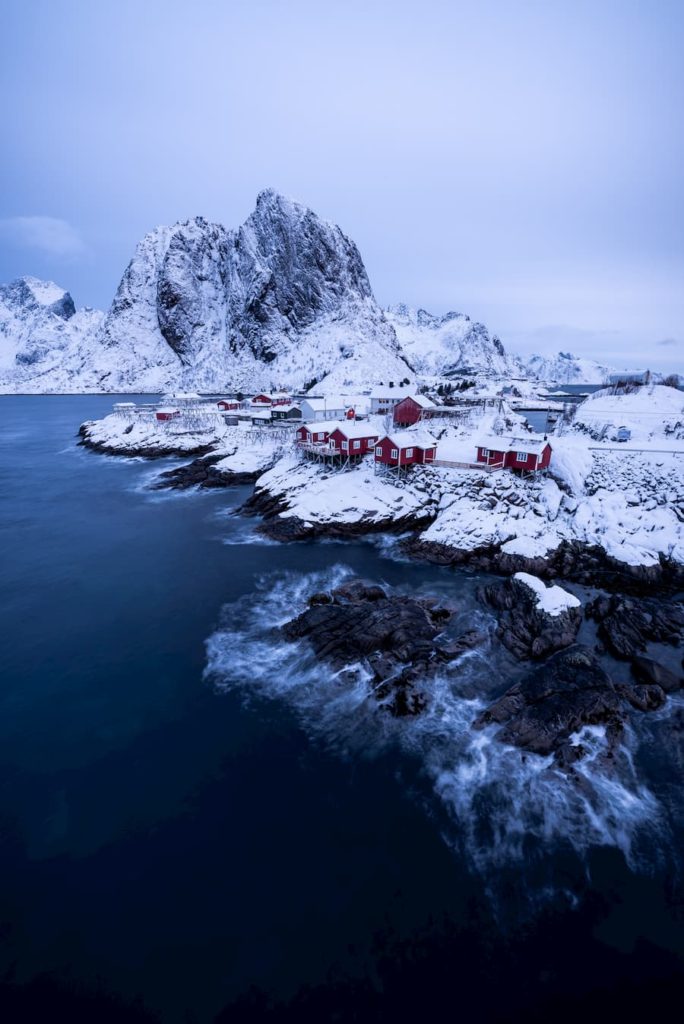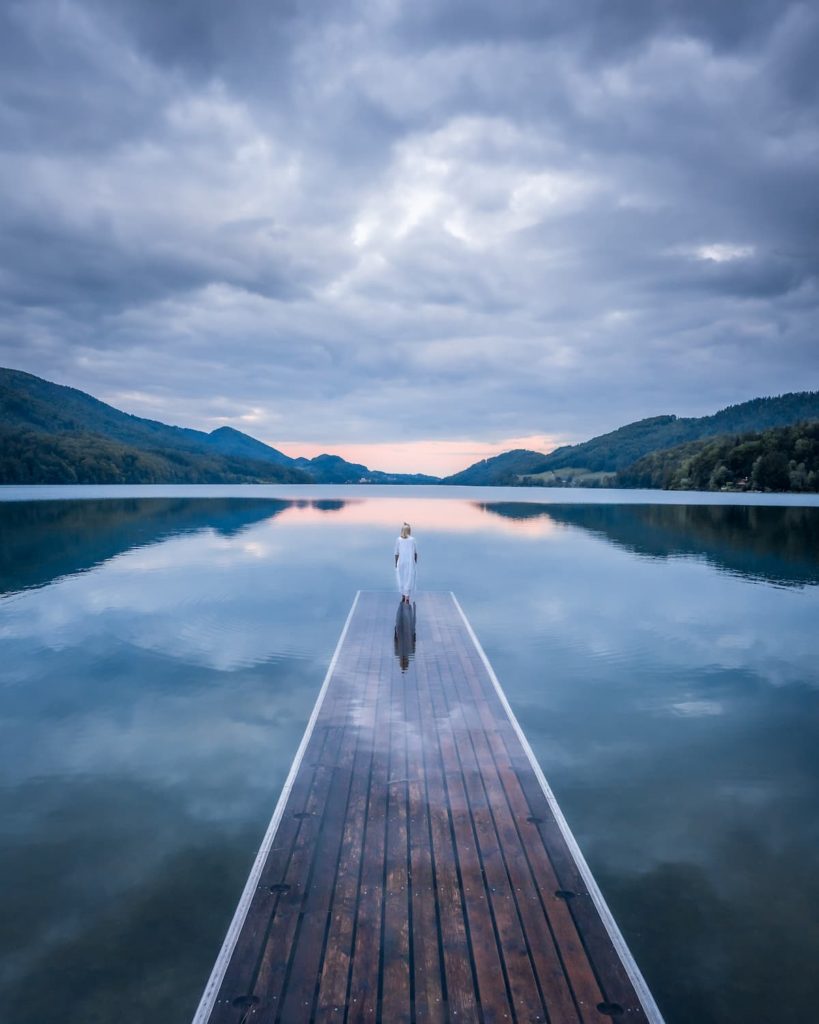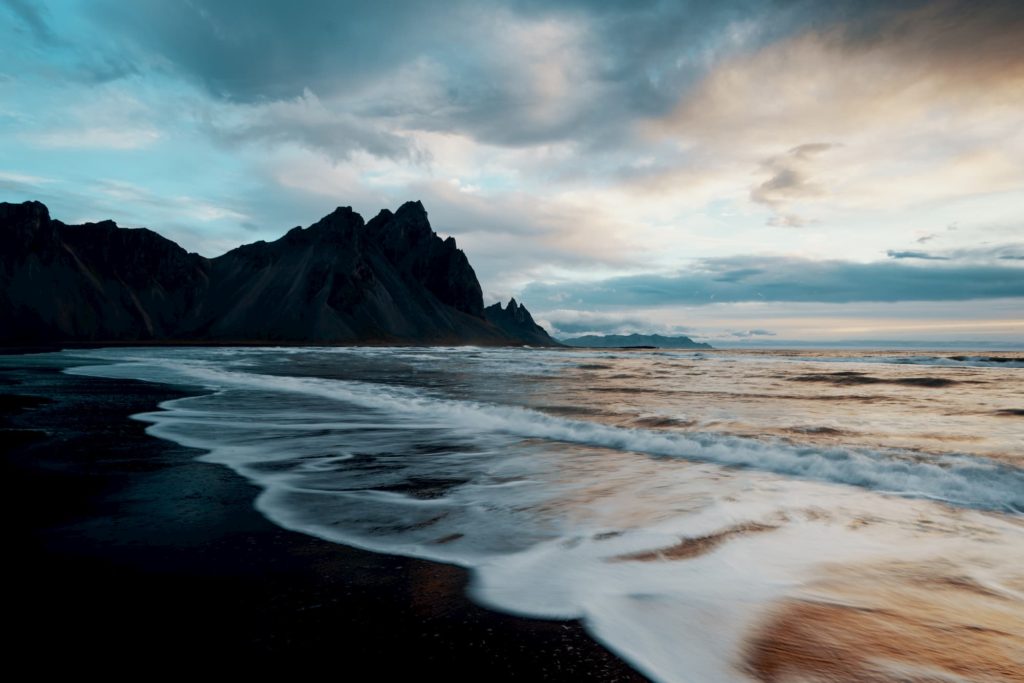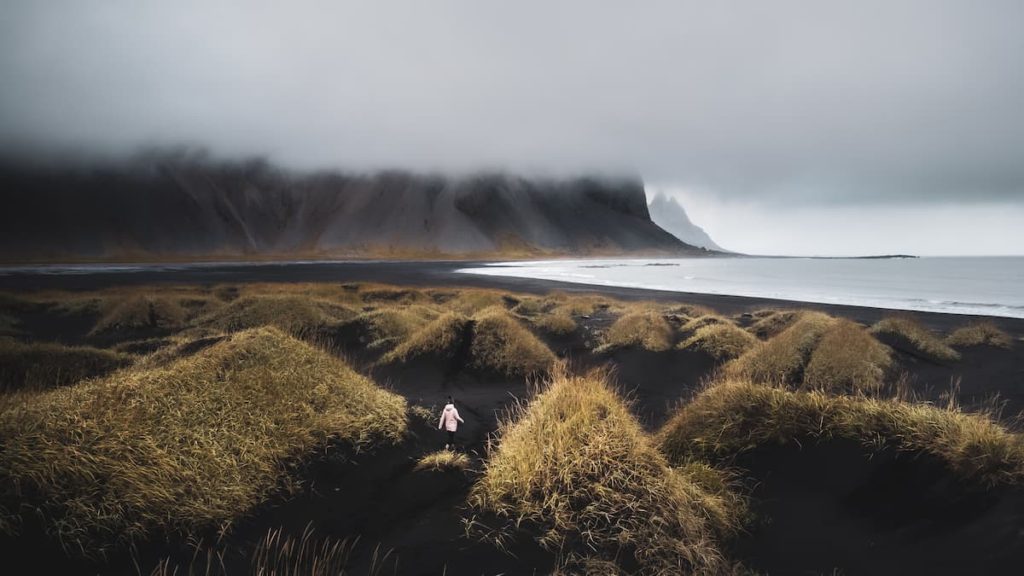
Thomas Enzler
@thomas_enzler
Photographer based in Switzerland
Watching documentaries about animals, foreign countries, nature, oceans… Reading books about sharks, dinosaurs, and wildlife… I’ve been fascinated by the natural world since I was little. I was most excited about the underwater world and my dream as a kid was to be a diver one day and do research.
I started traveling by myself in my 20s; I left Switzerland to study English in Sydney, Australia, and traveled as well for half a year. I think, at this time, I recognized what nature really meant to me. Surrounded by the wildlife of Australia and roaming around in an old hippie-style VW campervan, I started to like taking pictures and going on adventures. As this was in the year 2000, the camera I had brought with me was something between a one-way-throw-away Kodak and probably the first version of a very simple compact camera. And it was analog, of course.
In my early 30s, I got more into tech stuff: cameras, gadgets, computers, etc. At that time, I worked as a web programmer and the connection between photography and technology brought me to the next level in this craft. In the year 2011, my lovely wife Caroline and I traveled through New Zealand and Southeast Asia for a couple of months. I had a compact camera, a Canon G11, and realized I genuinely liked what I was doing. While traveling, I also read books about photography and camera know-how.
"I wanted and needed to know how a camera worked, what the sensor did, what the difference between a jpg file and a RAW file was, and find an answer to many more key questions."
The three essential technical parts of photography are shutter speed, aperture, and ISO. Understanding these very basics helped me a lot to create more depth, and add emotion into my images. Also, the reciprocal rule (the shutter speed needs to be at least the inverse of your focal length) was one of those key pieces of information which helped me to understand more about photography and get better results. Shooting in RAW made even a bigger difference, as I discovered. I was afraid at first of those big files and how to convert them into a pleasant image, but I was wrong. Not shooting in RAW would now be like driving a Ferrari with winter chains.
In 2012/2013, I bought my very first DSLR, a Nikon D600. Very solid, affordable, doing a great job. And you probably won’t believe it, but I still shoot with this oldy. This was the final step into photography for me. Since this time, my style of photography has changed. In 2017, I finally got to see the world from another perspective. I bought my first drone, which I also still use, the DJI Mavic Pro. Good photography has a high price, not just in terms of gear. It’s accurate planning, getting up early, staying up during the night to capture the stars, carrying heavy backpacks, and hours of post-procession.
"I always want the best of the best. I rather don’t touch an image or I squeeze out every single last (RAW) pixel when editing the photo. I love to post-process."
Some people think that a good image is only an image that is not edited and directly taken in camera on the spot. In my opinion, I disagree with that because photography for me is not a one-moment thing that I can capture in one second. It’s a journey, a process. It’s the day in the field, the feelings when I take pictures, the early mornings, the late evenings. But also the time in front of my mac editing. And to be honest, I just love to change a picture into something very special. From RAW to a banger. This is a very interesting process and it just makes me feel good. I always try not to over-edit my images but adding that little extra, that’s my style. In my understanding of creativity, there is nothing wrong with that, as long as I like what I do. The only borders of creativity are the ones you build for yourself.
When post-processing, 98% of the time I work within Capture One Pro. For the rest, I use the software Affinity Photo. This pairing works quite well for me. Everybody has their own reasons for using one software or another, and probably none of them is better. But for my workflow, I prefer to go with Affinity over Photoshop. It’s very professional and can work even with PSD files in both directions (import and export). It offers everything I would personally ever need for a good price. As well, there’s no need to attach to cloud services with regular payments.
Capture One on the other hand is the software I use for the data library and all color gradings and RAW processing. The results of the RAW conversions are one of the best in my eyes, it offers to work with adoption layers, it’s fast and reliable. And again, I don’t stick to a cloud service which I prefer for such database-driven software.
Currently, I work as a UI/UX designer in a company in Switzerland. My daily work is all about user experience, design, imagery, colors, functionality. So, I can profit from what I do as a hobby photographer – working with imagery, color-grading, post-processing, etc. Of course, my main task is to create the best user experience and for that I most of the time work in programs such as Sketch or other vector-based software. But at the end of the day, the loop is closed. My strong passion to design and achieve visual pixel perfection comes together in both my job and my hobby.
The aspect that makes the difference is nature. Our planet Earth is such an incredible place and words can’t describe it. Keeping and preserving that means everything to me. And capturing this beauty in my photographs fulfills my passion. That said, Art means as much to me. Having a home where I feel cozy is a gift and I love everything about interior design – hanging my prints on the wall and making a place our home is something precious to me.
Many years ago, I took pictures of things that interested me in photography but the results wouldn’t have been something to hang on your walls. This changed. When I photograph, I do so having in mind that the result should hang on my or someone else’s wall. I want to capture moments, freeze them – print and frame them. This way, I always aim for the highest quality. This refers to my landscape (and drone) photography, but also to another style of photography I’m into, which I share on my smaller Instagram account, @thomas_enzler_artworks. It’s much more abstract, minimal, detailed, one-colored. Artworks for “modern” homes, I would say. I love to combine images like these together with minimal typographic artworks. Check out my account; the images probably explain more than I can say in words. It is another style I like very much, more artwork and less traveler/landscape style, reflecting my different interests and values.
I mostly sell my “artwork images”. Green leaves, abstract and subtle nature images with earthy colors. I assume that these kinds of images fit the current interior style of many homes better. I sell my images on personal request. The photos I sell in person are printed on a very high-quality Hanemühle fine art paper and framed and handed over by myself. I prefer not to put a glass in the frame; it’s directly the Hanemühle paper that is being seen. I also sell some of my pictures on Artboxone.com.
Besides the abstract artworks such as leaves and feathers, the drone images (mostly the top-down shots) are selling quite well. Beaches from above for example are something people always like. For example, my photo of a person floating in the water was sold quite often on Artboxone. It’s fresh, it’s summer, and it spreads positive vibes. It tells a story of freedom, enjoyment, and relaxation. And the blue tones are appealing. It’s one of the favorites of my drone series as well, and so the fact that it’s sold regularly, affirms my thoughts.
Then, an image of my artwork collection which I’ve lately sold often is more of a macro photograph. I think this is a very nice image for wall art. It’s not too personal, visually not too overwhelming. It is very subtle in color and it is completely different from my landscape/drone images as you can see.
Even if I only sell a few images, I very much appreciate it. It makes me so happy to see some of my work in other homes, hanging over their couch and telling a story. The feedback I get is very motivating and inspires me for future work. It’s also the strong request to myself for everything I do that pushes me further. This is not always good and I still struggle with this today. Sometimes, 80% is better than 100% perfection because you live more in the joy. Though, the request of doing it really well, making it perfect, is what makes me better each time. I want to learn from myself and others and see improvement each time. I’m a big fan of Peter McKinnon. Peter and his friend Matti Haapoja… I love these two guys and without any doubts, they inspired me the most and they still do. There are many other super talented creators out there but Peter and Matti are two personalities I admire.
I’m not 100% sure, but I remember Peter McKinnon once said, “I’m an extroverted introvert”. Well, this describes me on point. What makes me feel happy and alive, is the opposite of the rush we live in. The opposite of the hectic, the pressure. Time flies by so fast and photography is something like the “get my down to earth” moment. It’s calm, it’s silent, it’s slow. It’s nature and feelings. Beauty. I hardly can’t describe what it means to me but this moment of silence and being there in the field, only me and my camera(s), that’s where I find myself again. On the other hand, I guess I’m also very social and somehow extroverted. I love hanging out with friends, and also like to showcase my work.
"Traveling had and still has the most impact on my photography and my passion. Making art of what I see is what inspires me."
At the beginning of my “Instagram account career” kind of thing, Switzerland hadn’t had that much of an impact on my work. I focussed on other countries, beaches, ocean, summer moods…which I still love doing. However, in the last couple of years, I have realized what beautiful country I’m living in. This also changed my style of photography. Switzerland is a gorgeous place to live. Lately, we spent a week in our caravan in the Engadin region. It was late October and we expected golden lights and nice hikes in the Alps. One morning, we woke up and our mobile home was covered in snow. It was a breathtaking surprise and a great adventure.
This caravan we have is a rather old one and has been from the parents of Caroline. However, it allows for this feeling of “being away” and living a more minimalist lifestyle for a while. We’ve traveled to some places with a campervan though, those big ones you often see. We always rented them; in New Zealand for a month, and in Australia where we’ve traveled along the west coast, starting in Broome down to Esperance. And in 2020, we rented a big campervan for three weeks to travel through Croatia, which was indescribably awesome. This summer, we will do a road trip with our caravan again.
I love van life, even if it’s not the “self-build van life” we nowadays see on Instagram. You indeed see so much more by traveling by van, and it doesn’t have to be your own. I’ve learned that possessing something is imaginary happiness. We first need to enjoy, live life, and appreciate the journey. Possession or achievement should not be the goal that brings happiness. I’ve come to learn this as a result of our trip through SouthEast Asia, especially Cambodia and Laos. It’s sad that only by confrontation with poverty and interaction with people in poverty do we get to realize certain things, though, at the same time, it’s what we need. A fish cannot see the water in which they swim; we cannot truly see the standards and safety in which we grow up, the rules we live by, and the mindset we have unless we are confronted with diversity.
Besides the lessons, the beauty, the photographs, and the memories I gather through traveling, I have to say the most valuable thing is to be able to now show the world to my daughter. We went on a trip to Australia when she was only 4 years young. Seeing the world through her eyes is precious. Expanding her playground, living moments that no school lesson will teach her, and capturing these, for her.
Traveling and photographing is one thing, but sharing it with your loved ones, growing and creating memories together, sharing experiences, is incredibly fulfilling and enriching.
Would you like content like this sent to your inbox?
NOMADICT
ART GALLERY
THE LATEST STORIES
WRITEN WITH PASSION TO INSPIRE YOU

Photo tour in Azores, Portugal
Join us in the Azores for a unique photo tour, where you’ll elevate your creative skills with expert guidance from Ronald Soethje, Bruno Ázera, and Nomadict.

Forest Kai (@forest1kai): Photographer based in the US
In this article, Forest shares how years of chasing scale, silence, and raw landscapes shaped his approach to photography, from the deserts of Kazakhstan to the volcanic ridges of Iceland. He talks about how he uses light, texture, and vast negative space to create images that feel both intimate and overwhelming.

Simon Hechtbauer (@roamwithsimon): Best of the Week 32 at #nomadict
Simon shares the journey behind his photography, from early inspirations to field techniques, editing, and the story of the winning shot that shaped his path.

Miroslav Maršík (@miromarsik): Photographer based in Czech Republic
In this article, Miro shares how his love for cinematic music evolved into a deep passion for photography and how he uses light, color, and atmosphere to turn the streets of Prague into living film scenes.

Aurora photography panorama workflow: A guide to camera settings, editing, and color
In this article, Stefanie reveals how her background in physics sparked her passion for astrophotography and how she blends science with creativity to capture the beauty of the night sky. Readers will discover her approach to color, contrast, and editing, as well as her aurora photography workflow.

Yhabril (@yhabril): Best of the Week 33 at #nomadict
Spanish photographer Yhabril captures the profound connection between humans and the mountains that shaped him. Growing up in the Pyrenees, his work bridges outdoor sports, landscapes, and celestial scenes — often blending athletes, moonlight, and wilderness into striking visual stories.

Ariane Totzke (@besondersschwierig): Photographer based in Switzerland
In this article, Ariane shares how photography helped her navigate personal challenges, connect authentically with people and animals, and develop a philosophy rooted in empathy and artistic freedom. Readers will also discover her ethical approach to wildlife photography and her trusted equipment for both camouflage techniques and cameras.
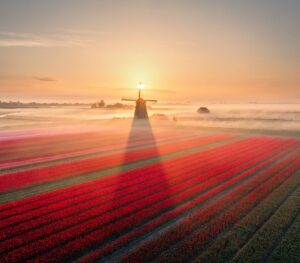
How to photograph Dutch tulip fields: A guide to light, gear, composition, and colors
Discover how to photograph Dutch tulip fields in their most magical light. From choosing the right gear and lenses to mastering composition, color, and aerial perspectives, this guide shares creative techniques to capture the beauty of the Netherlands’ tulips. Learn how light, color grading, and proportion bring emotion into every frame.
